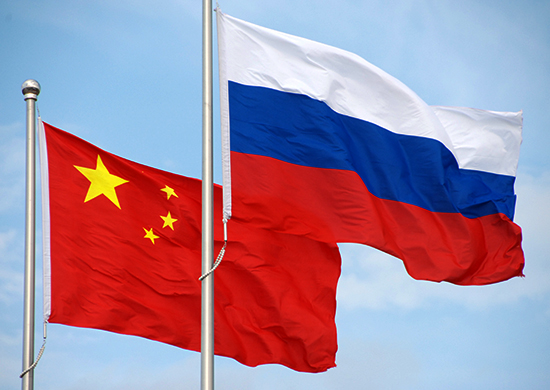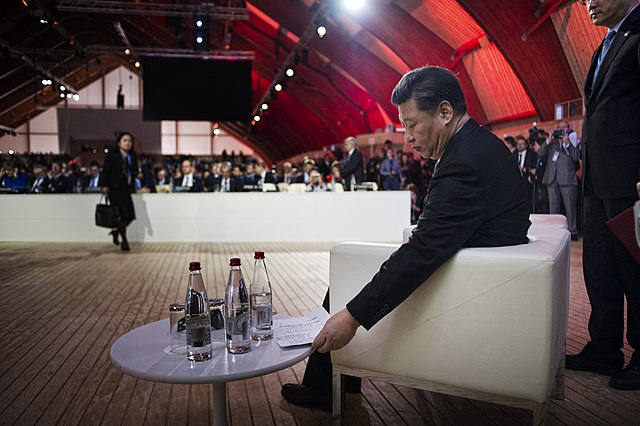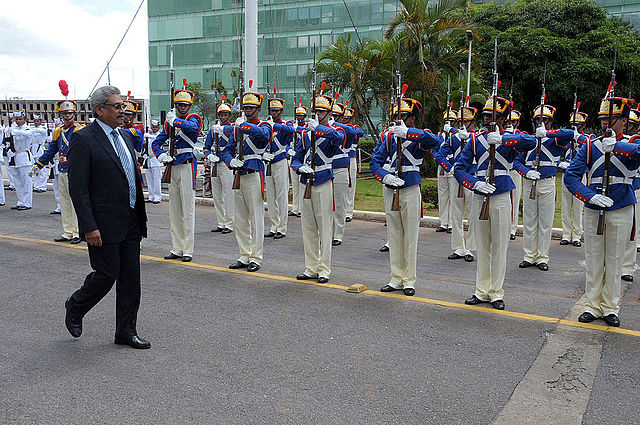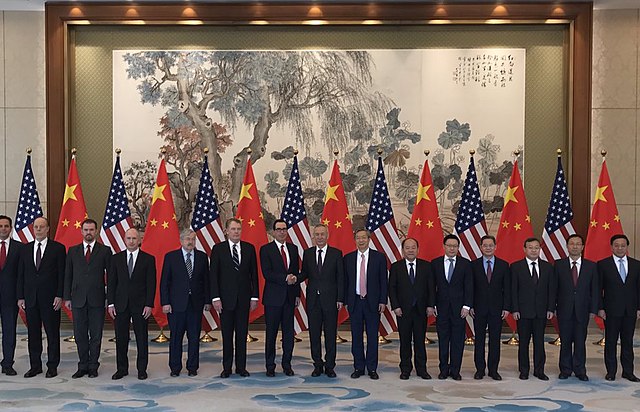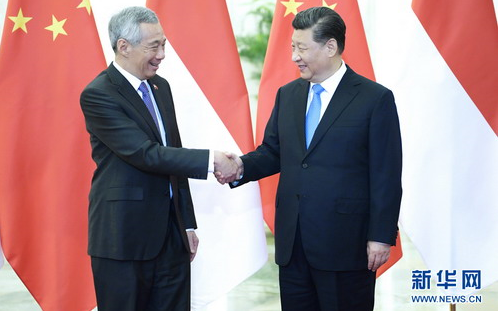Understanding India, China and a History of Eternal Peace in the Wake of Post-1945 transgressions
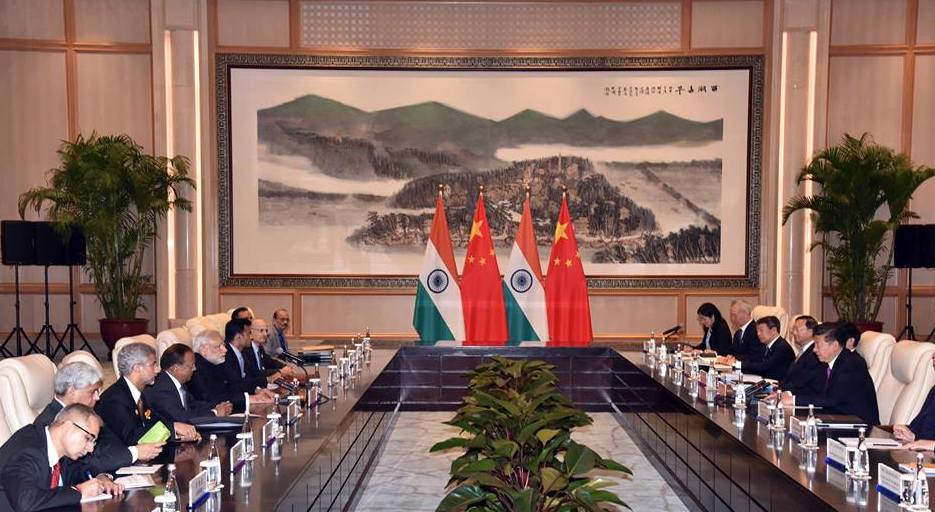
Contrary to the prevalent public discourse, India and China have co-existed as peaceful, powerful, and rich civilisations since time immemorial. The two modern-day nation-states were never nation-states to begin with, but were vast, independent civilisations with no formal boundaries or borders, long before the Westphalian system was adopted by nation-states, that sprawled across the vastness of a then-bipolar Asia.
What is more, and especially with regard to India, the two nations were the first proponents of civil order as opposed to the raucous anarchy that plagues them today, and which has resulted in their lagging behind the developed western world and the oil-rich Arabian Gulf region, as well as the highly-industrialised parts of Southeast Asia such as the tiny but prosperous city-state of the Republic of Singapore.
Post-1945 India and China: From Historical Co-existence to an Intense Rivalry
The end of the major warring period of the twentieth century resulted in the independence of India from the tyrannical rule of Great Britain and other European colonialists, and the constitution of a parliamentary democracy that resulted in the formal name – the Republic of India, while the ‘Middle Kingdom’ of China was christened as the Peoples’ Republic of China under the reign of Mao Tse-tung who ruled with an iron fist till his death decades after the formation of the PRC. Since then, a polarity emerged that exists till this day with respect to the balance of peaceful co-existence between India and China. Lamentably, peace between the two Asian powers remains a pipe dream in the minds of strategy analysts.
That polarity exists in the region in the name of the Islamic Republic of Pakistan. China found an ‘all-weather’ friend and ally that it prudently used to strategically and tactically hinder a rising India, and resultantly evolve Asia’s grandest relationship from sustainable cooperation to prolonged conflicts, despite India’s initial rapprochement to China as being the first post-war nation-state to recognize the government of the Peoples’ Republic in 1949 and extending support to its territorial claims in its periphery as well as to its ‘One China’ policy.
Post-1950, India and China have fought wars (the most notable one being the 1962 border conflict) and multiple skirmishes have also taken place which indicate that strategic rivalry has fundamentally usurped complementary overtures to regional peace and harmony. China’s assistance to its universal ally, the Islamic Republic of Pakistan, in the series of wars fought between Pakistan and India, as well as its unequivocal endorsement of Pakistan’s nuclear regime has further wedged India-China friendship.
The 2017 Doklam standoff, which lasted all of 53 strenuous and testing days, in the wildernesses and vastness of India’s eastern region and porous borders, has been followed by the recently-concluded July 2020 Galwan Valley standoff that resulted in losses of lives of military personnel on both sides in the union territory of Ladakh in north India, after a conflict short of war was triggered by a physical altercation at the LAC between Indian and Chinese military personnel.
India and China have signed several peace-leaning agreements (as per media reports, at least five are presently active) that attribute to the maintenance of ‘peace and tranquillity’ in the disputed areas as well as, more generally, in the vast borders of close to 3,500 kilometres, and in the areas of the Line of Actual Control (LAC). But the absence of an overarching and definitive peace treaty such as those signed between Japan and the United States of America in 1951, India and Japan in 1952, or between Japan and China in the year 1978, remains a concern.
A broader, more committal treaty with the possibility of future stipulations tuned to contemporary realities may proliferate goodwill between the two sleeping giants of Asia. The 1954 Panchsheel Agreement, that specifies the five outstanding principles of peaceful co-existence for the South Asian region, does not emphasize peace as a long-term goal between the Republic of India and the Peoples’ Republic of China, and viewed in verbatim, it was actually signed between India and the “Tibet region of China”.
Can Regional Peace Surface as a Reality Through a Mutually Peaceful Rise?
At some point, India and China will have to give a fillip to a mutually complementing rise as opposed to a mutually antagonistic ‘rise’. Pax Americana followed Pax Britannica, while Pax Sinica and Pax Indica could logically follow the decline, albeit miniscule, in American influence and power projection across the world. China and India have been marked out to define the century being lived, and reconciliation between them over critical geopolitical issues such as longstanding border disputes with seemingly no solutions at hand, is essential to achieving the fundamental goals of this century, which include global peace, prosperity, stability, and safety.
The noted American academic in the field of international relations, John J. Meirsheimer, in a long-form article for The National Interest referred to the former Chinese premier Wen Jiabao and his eloquent description of China’s peaceful inclinations. The former Chinese Premier termed peace as a ‘time-honoured’ quality of the Chinese nation, which is a valuable inheritance from the times of ancient China.
India’s strengths are age-old and stem from its array of deeply religious and moral philosophies, from the times of its great thinkers – the Lord Buddha and Lord Mahavira are two examples of extraordinary Indians who were pivotal in the spread of peace across the continent of Asia. These strengths intertwined with China’s inclinations to its own spiritual-intellectual schools of thought housed in the tenets of Confucianism and Taoism, can forge a ‘combined peace’ like no other that Asia has witnessed since the time when the two ancient civilisations were the sole inhabitants of the continent that is today strewn with an assortment of unending and prolonged conflicts.
Author
-

Jay Maniyar is a Research Associate at the National Maritime Foundation, a maritime think tank endorsed by the Indian Navy and the Ministry of Defence of the Government of India. He is based in New Delhi. The views expressed in the published articles are proffered in a personal capacity, and do not reflect the views of his employers.
View all posts
Jay Maniyar is a Research Associate at the National Maritime Foundation, a maritime think tank endorsed by the Indian Navy and the Ministry of Defence of the Government of India. He is based in New Delhi. The views expressed in the published articles are proffered in a personal capacity, and do not reflect the views of his employers.

